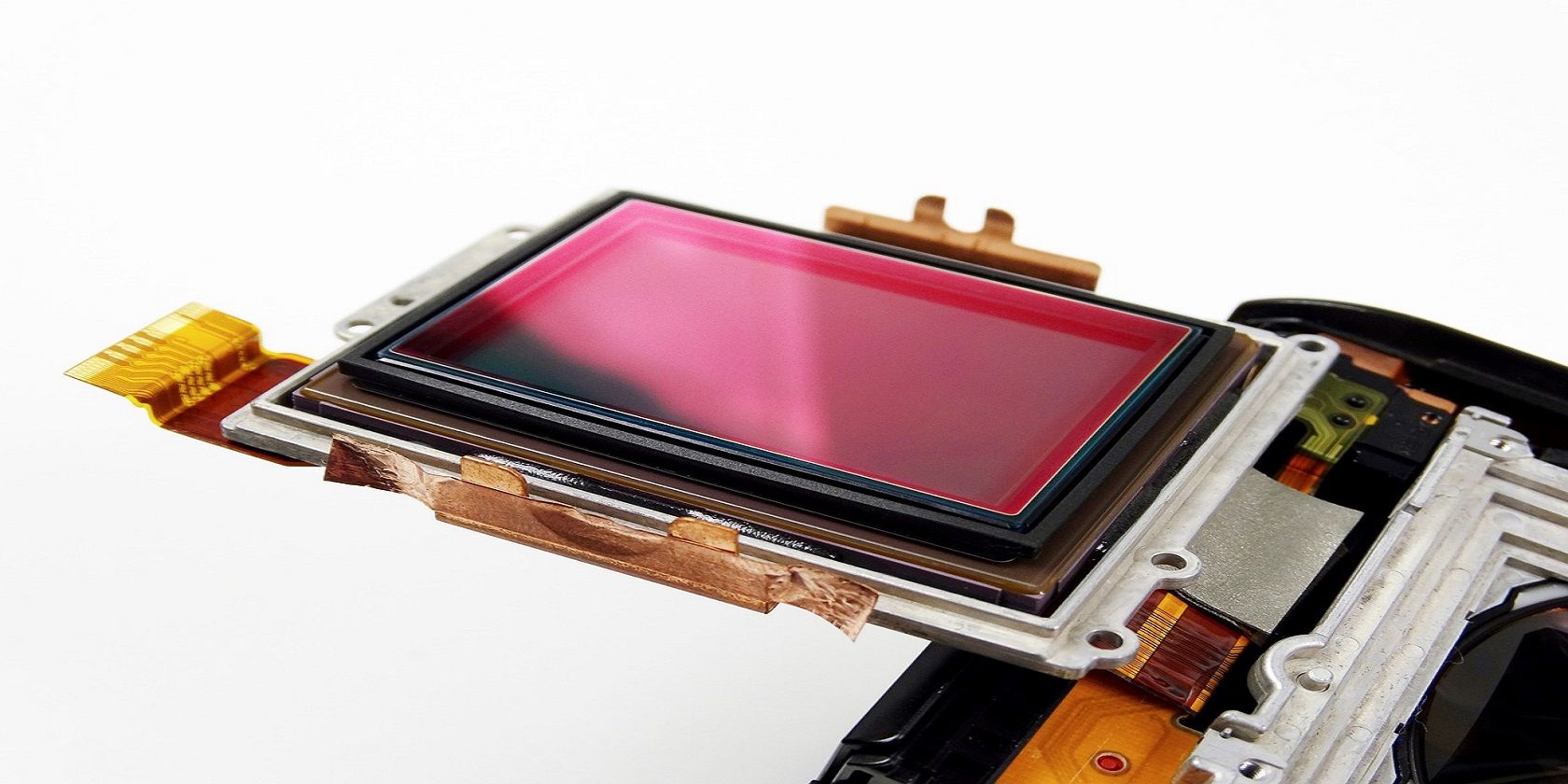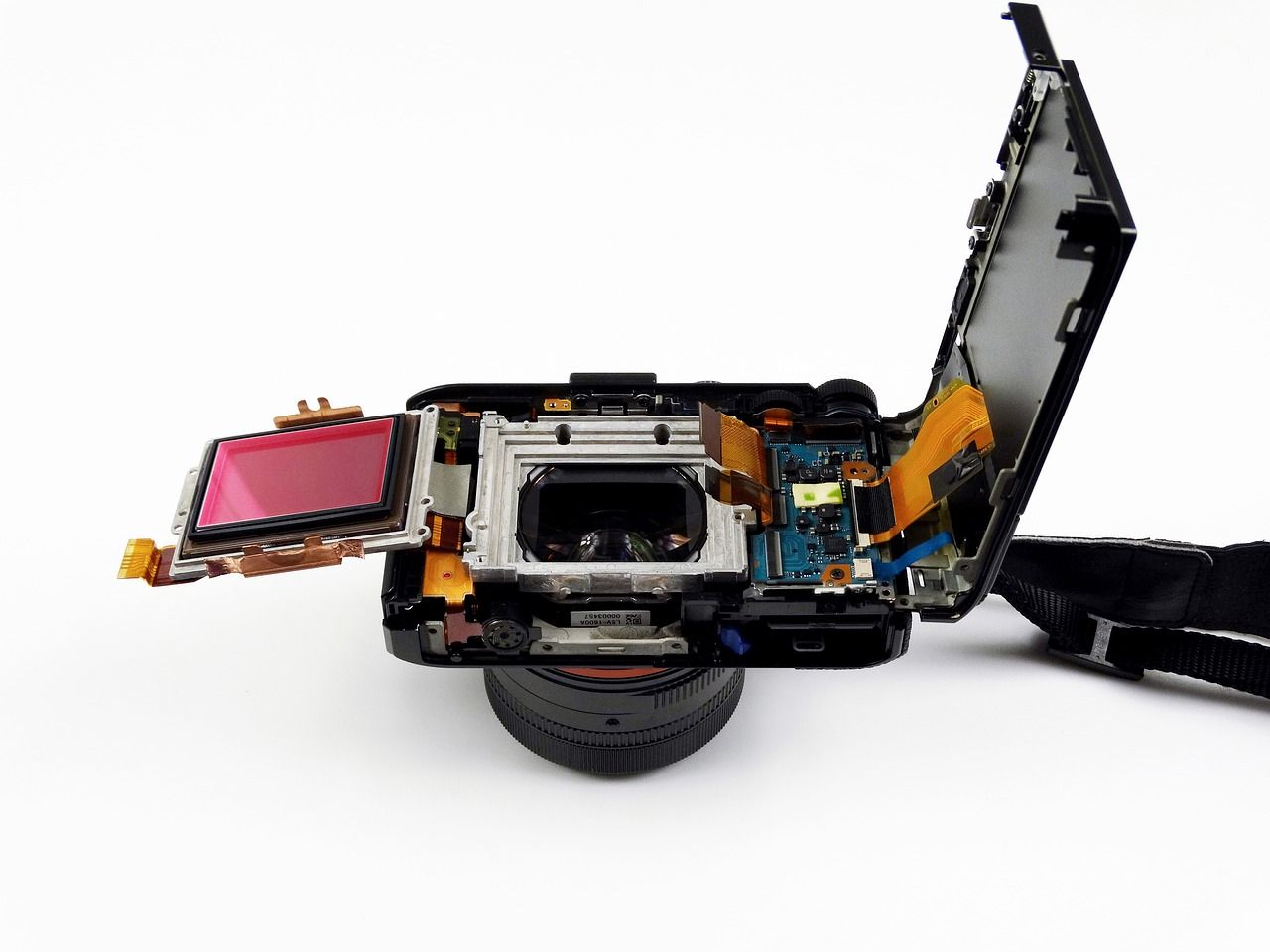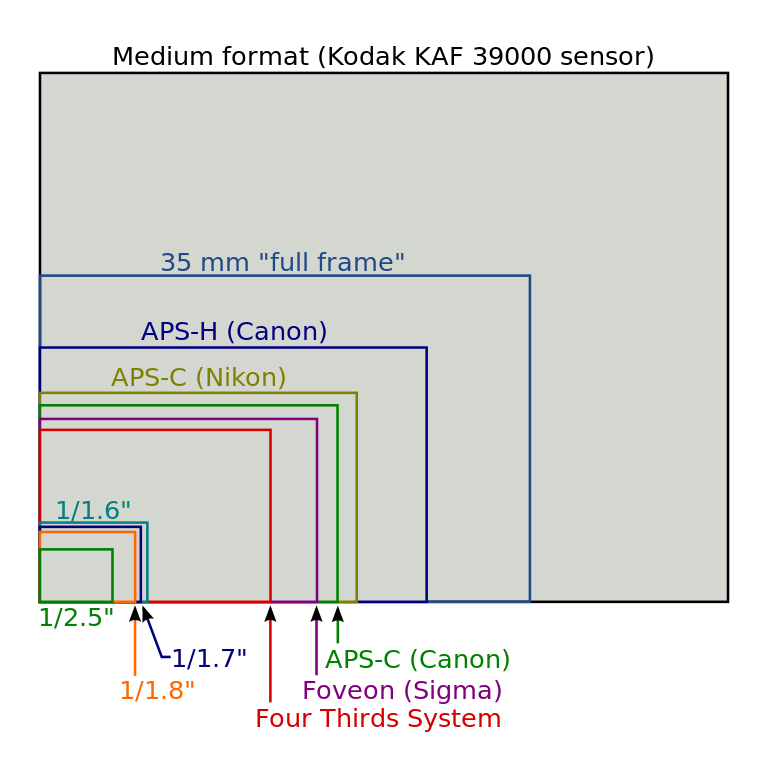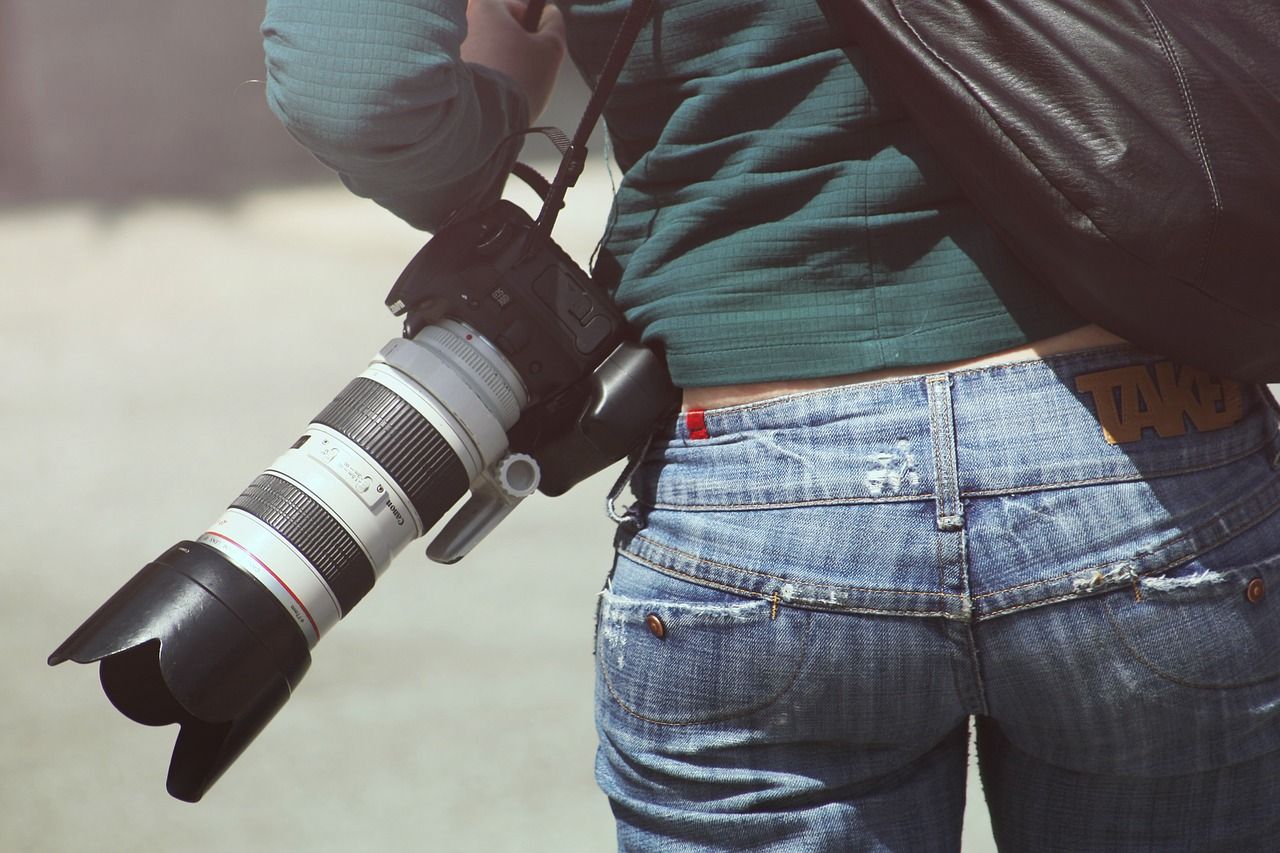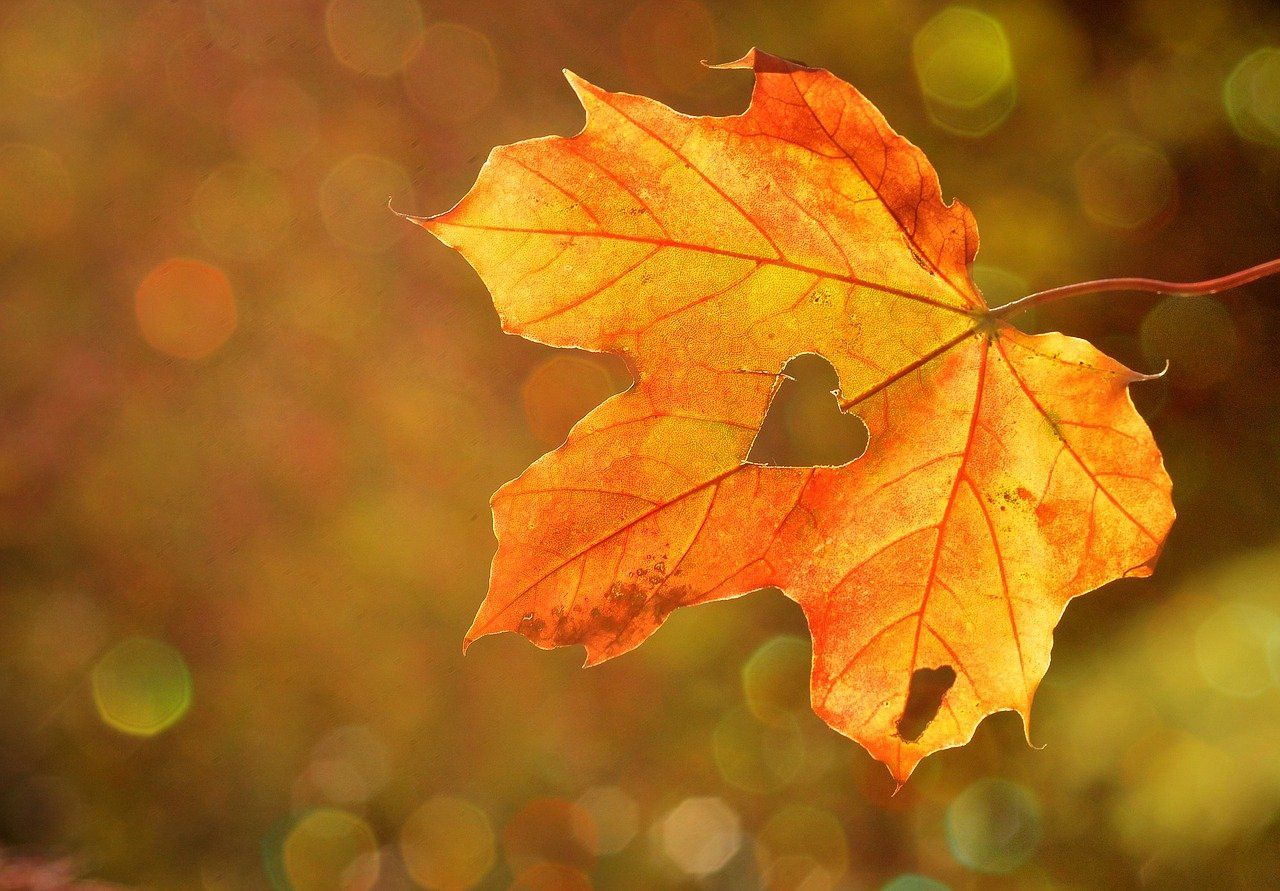A camera sensor is a device that captures the light entering the camera through the lens, converting it into an image.
The sensor is the most important part of a digital camera. It is what determines the level of image quality that is achievable with any particular camera. For instance, the sensor is responsible for the resolution, image size, low-light performance, dynamic range, and depth of field.
The two things to consider when deciding on a sensor are what type of sensor it is and what size it is. The actual size of the sensor is what typically impacts the image quality the most.
What Are the Types of Sensors?
The two most common types of digital camera sensors are the charge-coupled device (CCD) and the CMOS sensor (complementary metal-oxide-semiconductor).
CCD Sensor
CCD sensors are an older type of image-capture technology which were originally used for digital cameras. CCD sensors utilize passive-pixel technology, meaning there are no electronics at the pixel level. Light is absorbed by photodiodes (light-sensitive devices) which accumulate charge that is later converted into electronic signals.
These sensors are typically used in high-end cameras such as broadcast and astrophotography cameras.
CMOS Sensor
In contrast, CMOS sensors are active-pixel devices. This means that there are electronics at the pixel level which convert the light immediately into well-defined electrical signals. CMOS sensors are currently utilized in most cameras due to relative cheapness and lower energy consumption, meaning greater battery life.
Camera Sensor Size Comparison
As mentioned above, the most important thing to consider is the size of the sensor. Primarily, this is because the larger the sensor, the more light it can use to create an image. The most common sensor sizes are listed below.
Full-Frame
Full frame sensors (36mm by 24mm) are so named because they are the same size as the original 35mm film. Generally, full-frame sensors are used in high-end professional-grade cameras such as DSLRs and newer mirrorless systems.
APS-C
APS-C, which stands for advanced photo system type-C, ranges in size depending on the brand. This sensor size is primarily used in enthusiast/hobbyist-grade cameras. Typically, APS-C sensors are around 23mm by 15mm.
Micro Four-Thirds
Micro four-thirds sensors are approximately a quarter of the size of full-frame sensors at 17.3mm by 13mm. These lesser-known sensors are mainly used by Olympus and Panasonic.
Smaller Sensors
There are many variations of small camera sensors (under 8mm by 6mm) which are used in smaller devices like point-and-shoot cameras and smartphones.
Medium and Large Format
Medium and large format sensors are some of the largest sensors available and are mainly used in very high-end and expensive cameras. These come in a range of sizes larger than the full-frame sensor size.
How Sensor Size and Type Affects Image Quality
There are multiple facets to image quality. Many of these are subjective, but most are technical in nature. These include aspect ratios, pixel count, pixel size, dynamic range, noise, depth of field, and low-light performance.
Aspect Ratio
The aspect ratio of sensors affects the kind of composition you can acquire without cropping. Full frame and APS-C sensors have 3:2 aspect ratios, while micro four-thirds cameras have a 4:3 aspect ratio.
Pixels
The debate about how many megapixels needed to take good photos has been raging since digital cameras were invented. There are two things to consider: the number of pixels, and the size of pixels relative to the size of the sensor.
Pixels can vary in size drastically. An 18-megapixel sensor will have far bigger pixels than a 24-megapixel sensor, given that the sensors are the same size.
The bigger a pixel is, the more light that it can absorb. Typically, bigger sensors (like full-frame sensors) have bigger pixels. We’ll discuss what this means for dynamic range and low-light performance below.
The main advantage of pixel count is the ability to crop more. The more pixels you have, the higher the resolution of the image. This can equate to more detail which means that it is possible to crop into the image much more without sacrificing detail or image quality.
Dynamic Range and Noise
As mentioned above, the larger the pixel is, the more light it can absorb. This basically means that larger pixels can gather more information. This is important when it comes to dynamic range and low-light performance.
Dynamic range is essentially the range of tones that the sensor can capture. In other words, it’s how much detail that the sensor can capture at the highest and lowest ends of light (in the highlights and shadows). Higher dynamic range means more details in the bright and dark areas of the image.
Bigger pixels generally have higher dynamic range, which is a major bonus. This also means that the sensor will have a higher signal-to-noise ratio. This means that the sensor will be able to capture light more accurately, with less noise---something that’s incredibly important for low-light photography.
Depth of Field
Depth of field is one of the major factors influencing image quality, and something that photographers pay a lot of attention to. Depth of field refers to how thin the area in focus is. This is what gives photographs appealing out-of-focus foregrounds and backgrounds.
Larger sensors indirectly result in a thinner depth of field, producing nicer out-of-focus backgrounds. But, this isn’t technically because of the sensor size. Instead, it’s because a photographer with a full-frame sensor will have to either move closer to the subject or use a longer focal length lens---two things that directly affect the depth of field.
So What Sensor is Right For You?
With so many types of sensors, knowing the differences can be difficult.
Bigger sensors generally have many advantages over smaller sensors. They generally have more pixels, bigger pixels, better resolution, better low-light performance, higher dynamic range, and produce better depth of field. There’s a reason that they’re favored by professional photographers.
But, they are typically much more expensive and result in a much larger camera---it just isn’t possible to have a full-frame sensor in a smartphone that’s 8mm wide.
So does the image quality justify the price? We hope this guide has cleared up how and why sensor size matters.

